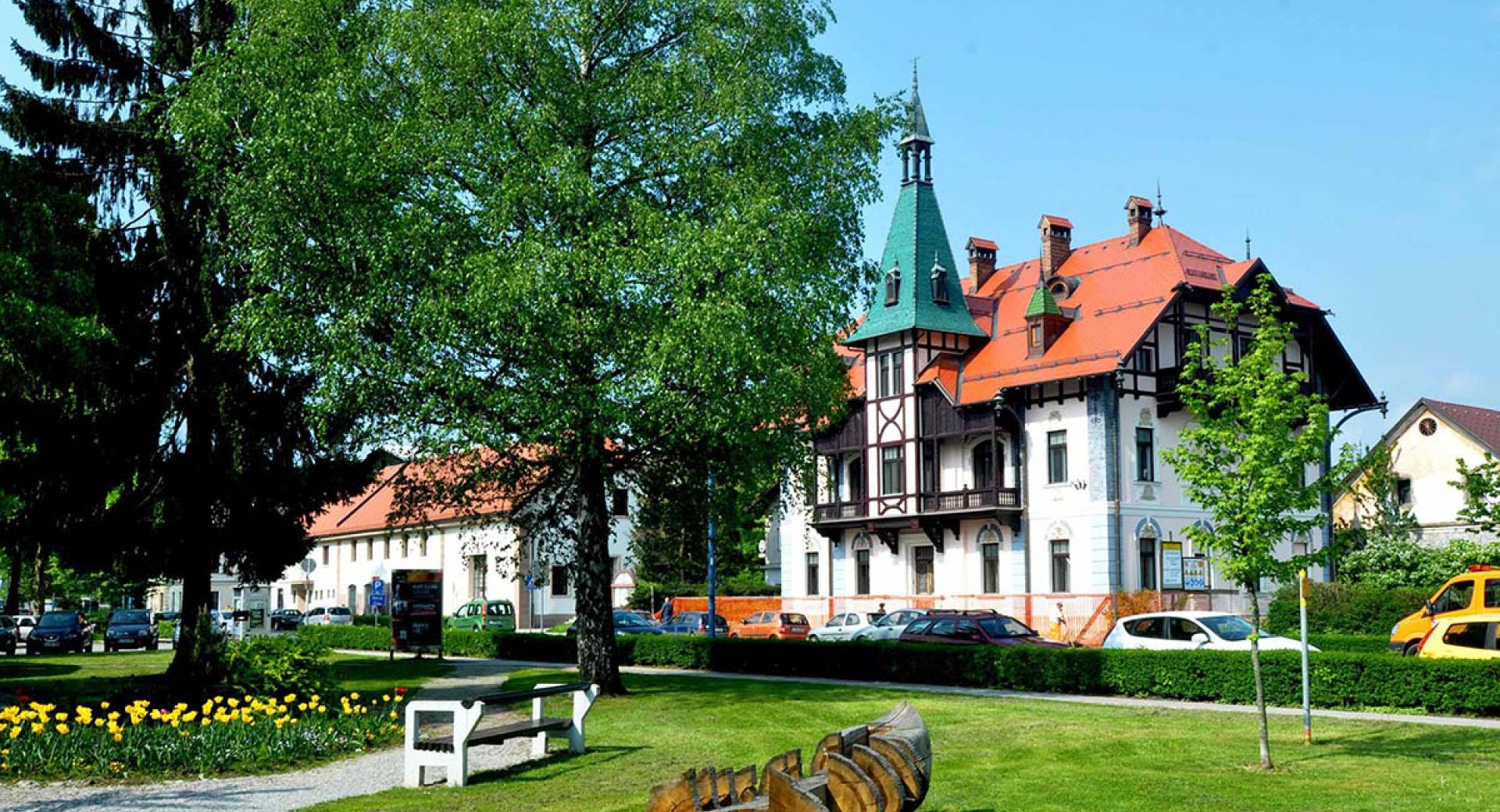Vrhnika
The origin and development of Vrhnika, a small town lying on the south-western edge of the Ljubljana Moors, near the source of the Ljubljanica river, are closely connected to boat traffic on the Ljubljanica.

In Roman times, the site of Vrhnika was occupied by a strategically important settlement called Nauportus. Next to the town's cemetery you can still see a surviving part of a Roman fort tower. Vrhnika's surrounding area is scattered with the remnants of the Roman defensive wall system known as Claustra Alpium Iuliarum, which protected the heart of the Roman Empire from the second half of the 3rd to the 5th century. It is believed that at the time there were around 60 defensive towers in the area between Vrhnika's nearby villages of Verd and Zaplana and the town of Logatec.
In the Middle Ages, the site of the present Vrhnika was occupied by a village called Oberleibach, whose first mention dates back to the 12th century. The architectural features of the old part of Vrhnika still reflect the town's rural past, best represented by old granaries.
Vrhnika is also known as the birth place of one of the greatest Slovenian writers, Ivan Cankar (1876-1918). Visitors to Vrhnika can view his memorial house.
In the early 20th century, Vrhnika saw the development of industry, particularly wood processing and leather industry. In 1955, it was ultimately proclaimed a town.
Vrhnika is surrounded by the Ljubljana Moors, remarkable for their natural and historical attractions. In the vicinity of the town you can still find some primary raised bog areas and typical peat bogs. Most of the peat which used to cover the Ljubljana Moors in the past is now gone due to being harvested for fuel in the 19th and 20th centuries.
Archaeological excavations in the vicinity of the village of Verd have yielded the world's oldest surviving wooden wheel, made between 3350 and 3100 BC. Other notable archaeological finds from the area include the remains of prehistoric pile dwellings and a Palaeolithic wooden spear point dating from between 38,000 and 45,000 years ago, the only find of its kind in the world.
On the western end of the Ljubljana Moors lies the hilly Zaplana area, criss-crossed with hiking trails. Its summits offer stunning views of the Slovenian Alps.
Promo video Vrhnika
Avtor: Matic Nikolavčič
